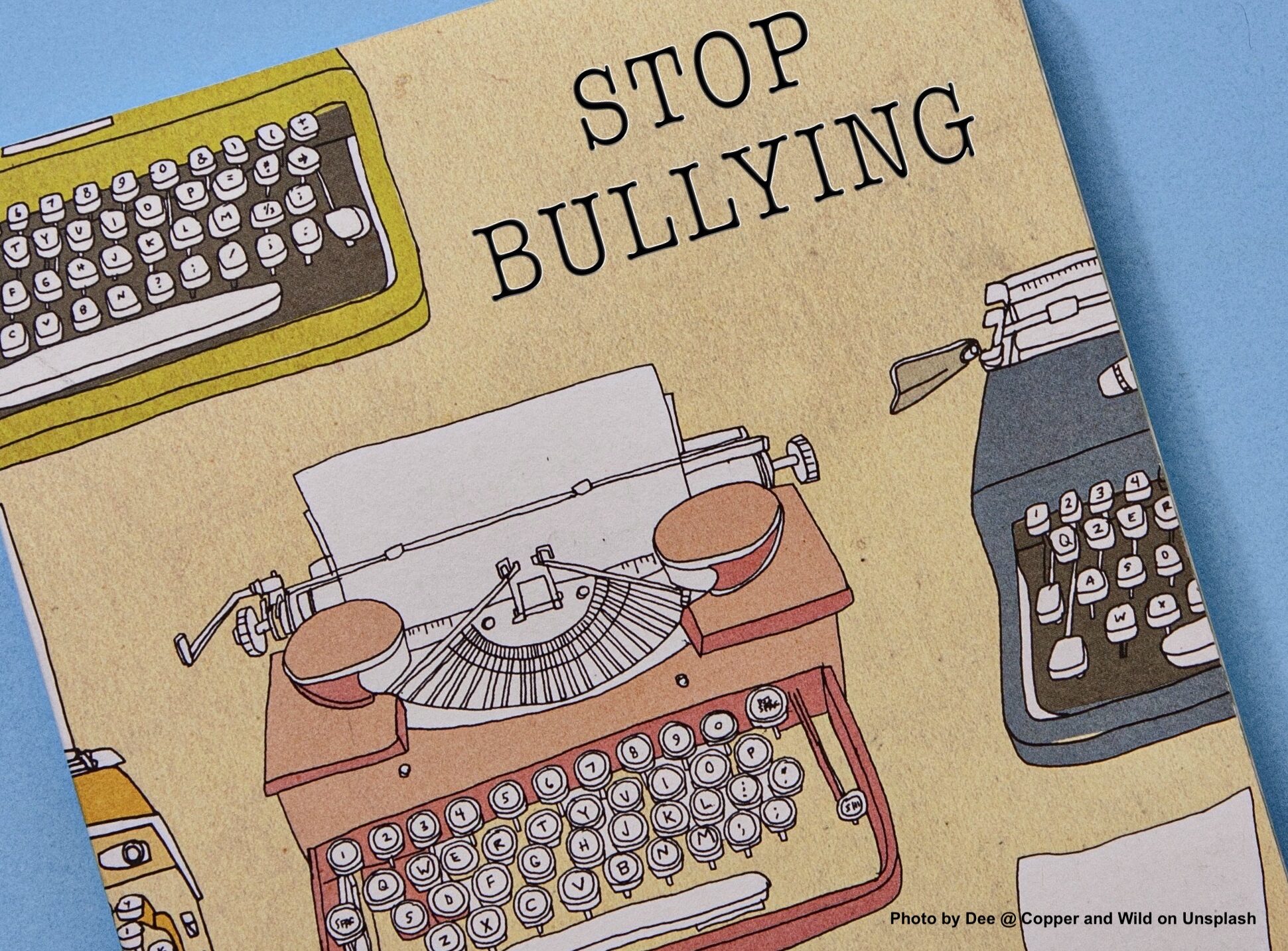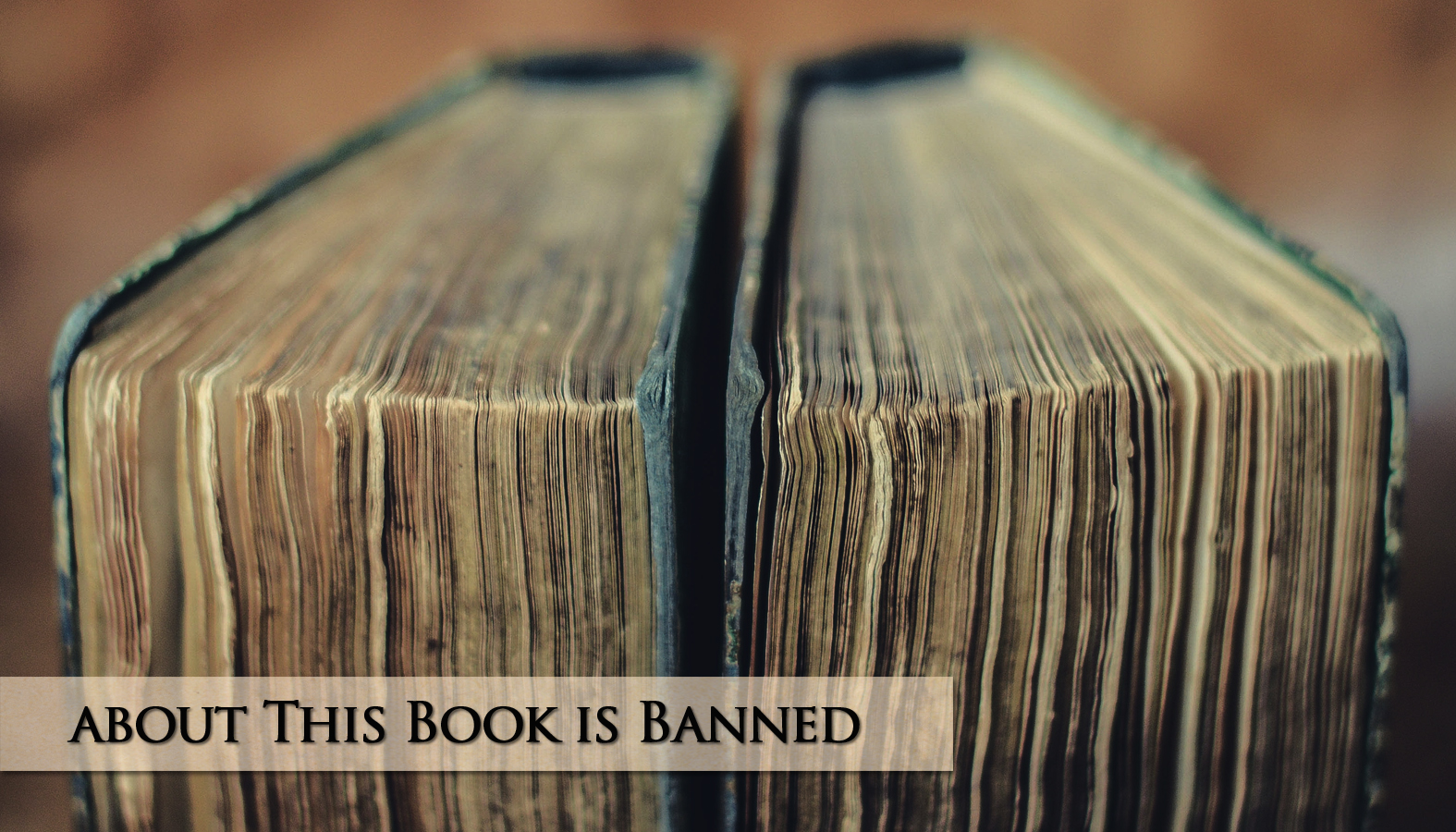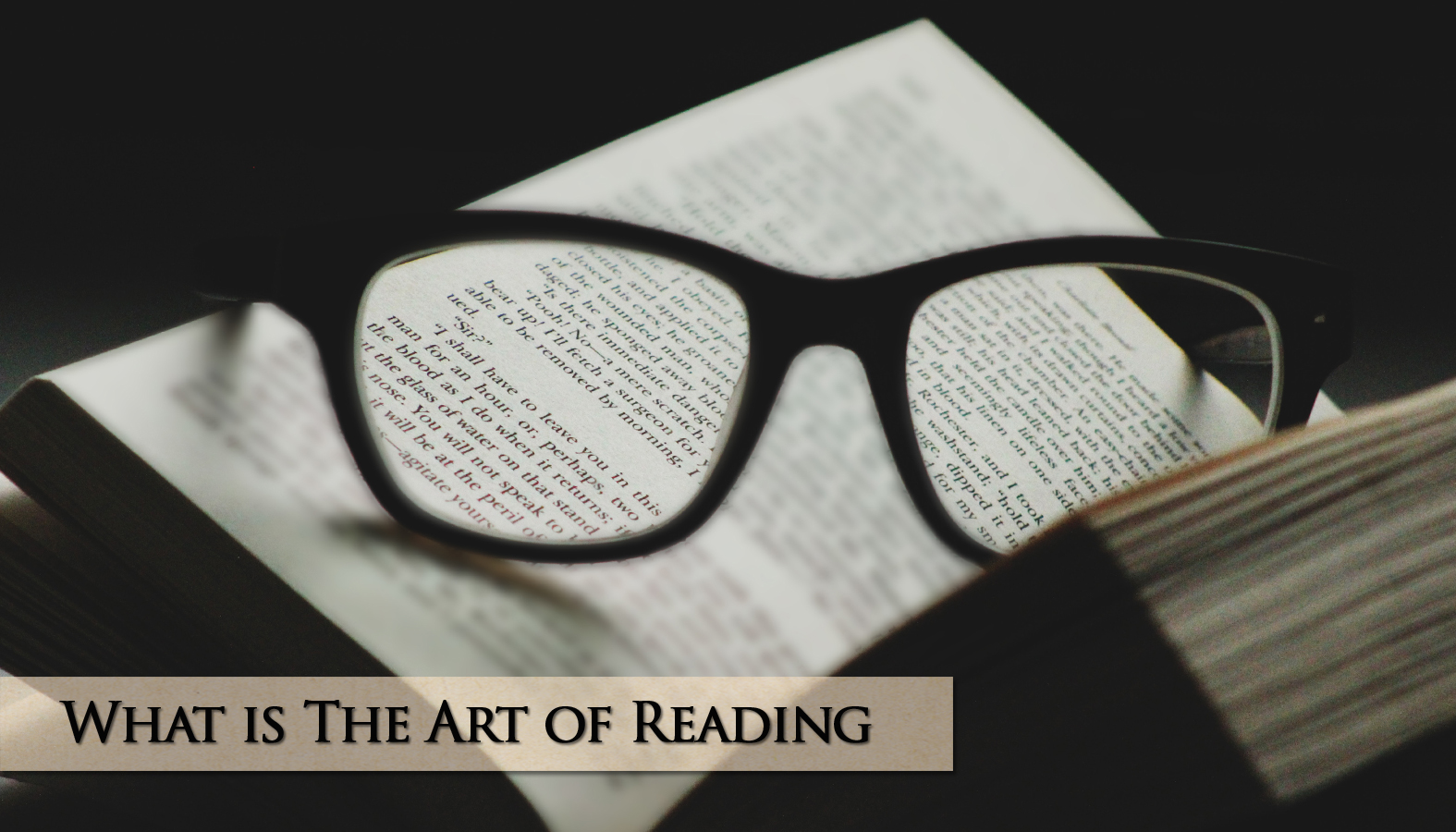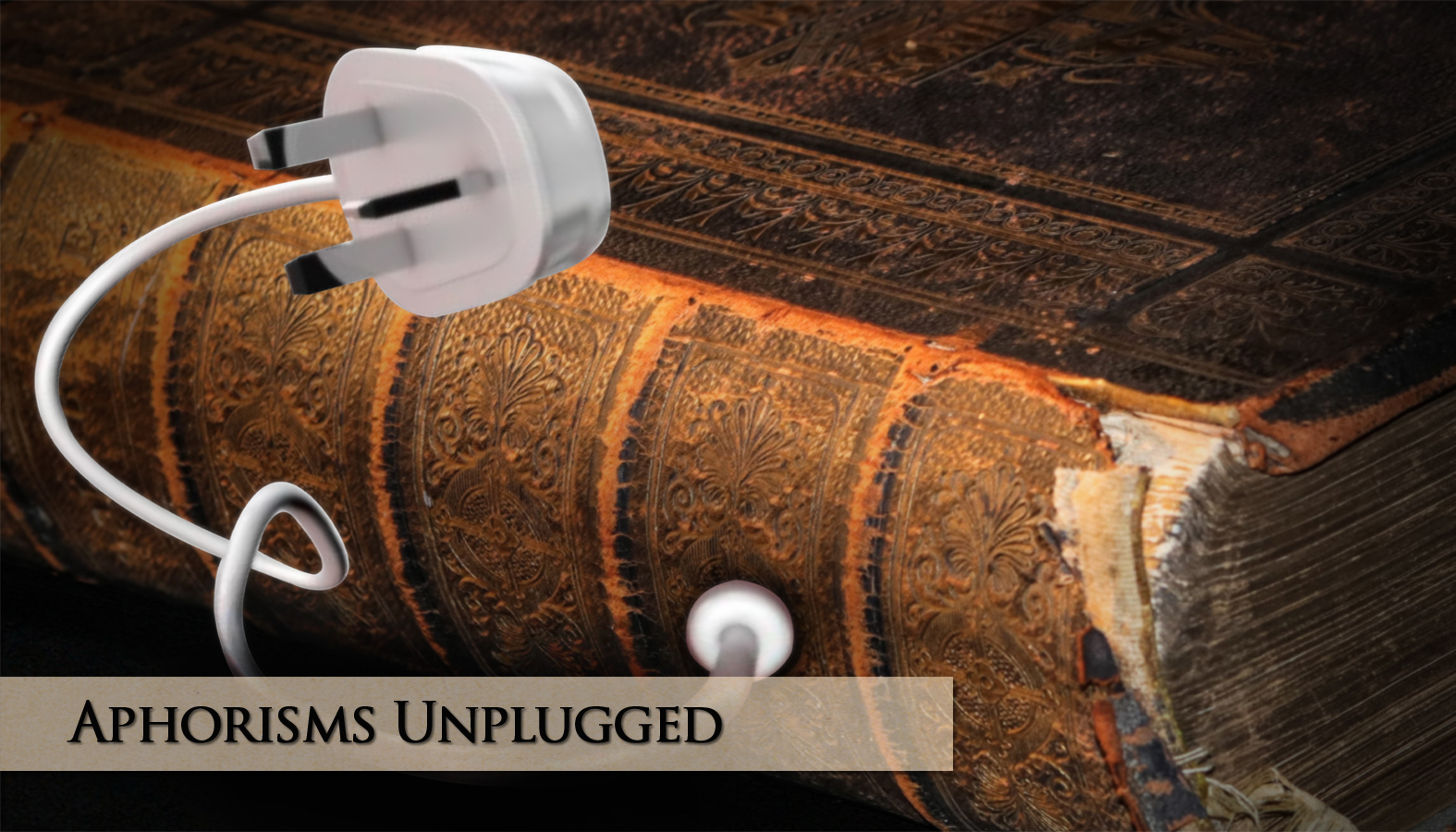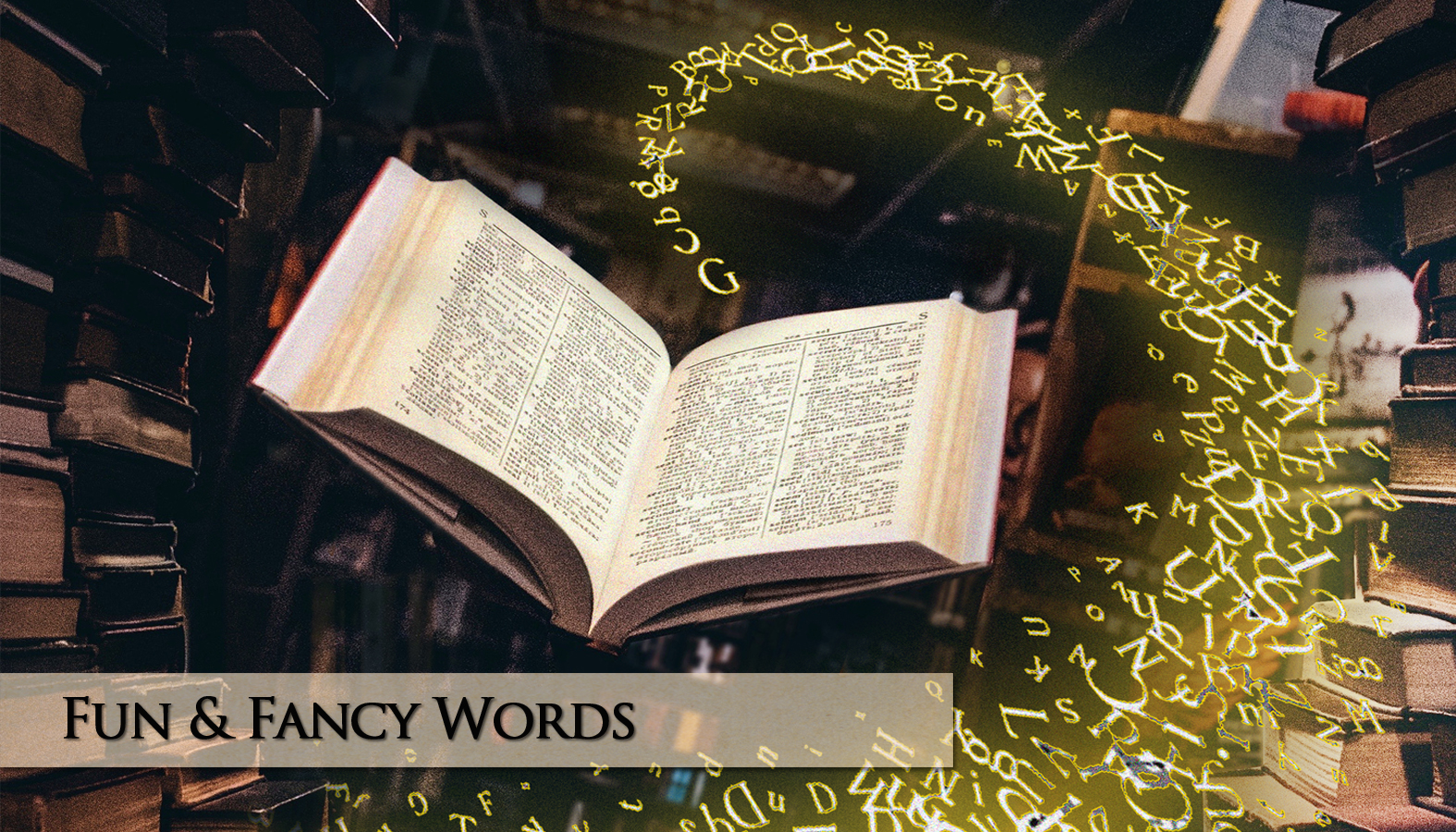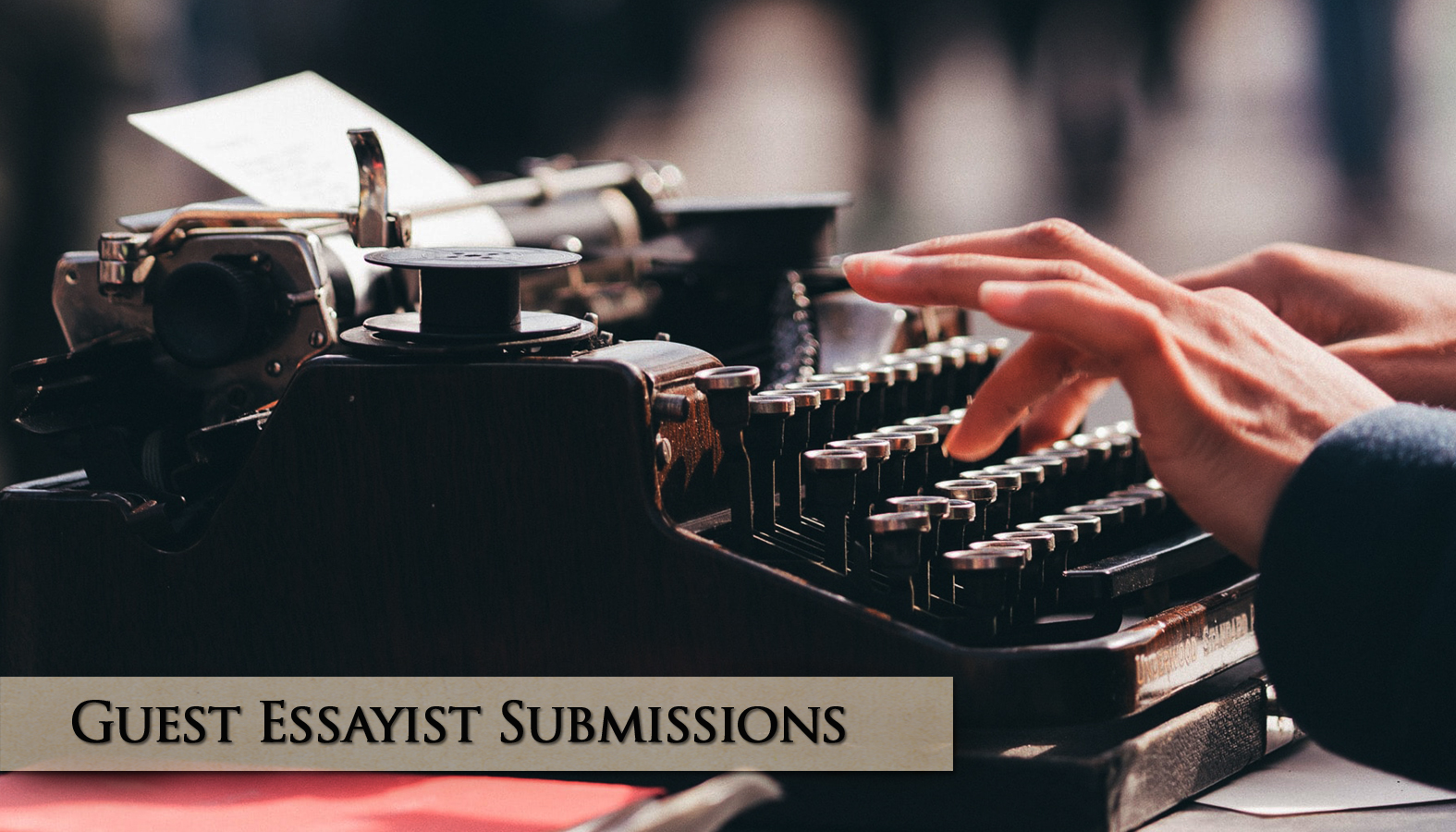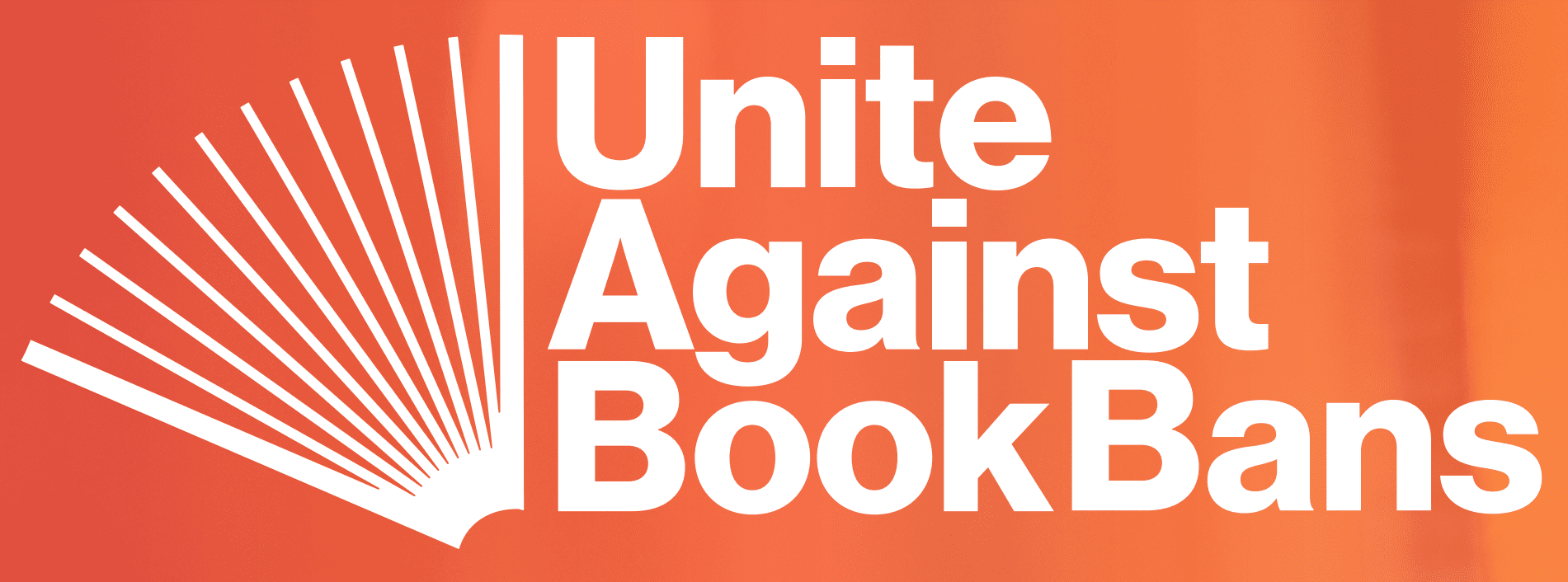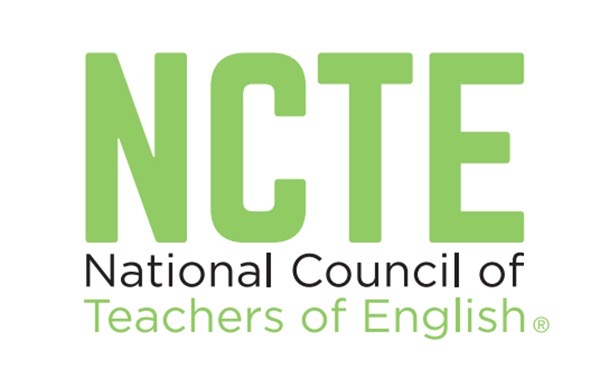Stop Bullying: A discussion guide
for using books as a tool to address bullying.
It is essential for instructors to address bullying with students. But it’s just as important to discuss how bullying has changed over the years, and the role students can play in helping to prevent it.
One way of doing so is through literature. By sharing books containing bullying themes with your students, and discussing them in the right way, a conversation about bullying can be created to help inform and empower your students.
Some questions to guide your discussions:
-
- What types of bullying did you find in the book?
. - How would you describe the character(s) being bullied?
. - Why are they on the receiving end of bullying behavior?
. - How else could the character being bullied have reacted? Would that have helped the situation?
. - How would you describe the character(s) doing the bullying?
. - Why do you think they bully others?
. - What types of bullying do they inflict upon the bullied character?
. - Under what circumstances do particular forms of bullying occur?
. - What advice is given to the character(s) being bullied? Is this advice helpful?
. - Who are the allies of the character(s) being bullied? Who could have assumed the role of their allies?
. - What are the outcomes concerning the bullying? How has the character(s) changed?
. - What is the role of the parents?
. - Did any family members try to help with the bullying issues? Why or why not?
. - Are there any other family members who could have helped?
. - What else could members of the family have done?
. - What is the author trying to convey about bullying? [1]
.
- What types of bullying did you find in the book?
.
Just like the real world, a book’s characters, their relationships with others, and situational contexts are complex. Therefore, how characters see themselves and react to their situations is important and beneficial to talk about in the classroom.
Such discussions open the door for dialogue about real life, and bullying the students themselves may have experienced or witnessed. At this point, the teacher might suggest that students think about assuming the role of ally in order to alleviate bullying situations before they gain traction.
Be sure to send us your newly-discovered insights
in the Comments section at the bottom of
Stop Bullying: Books are a Powerful Tool.

Endnotes:
Janis Harmon and Roxanne Henkin. “The Portrayal of Bullying in Young Adult Books: Characters, Contexts, and Complex Relationships.” ALAN Vol. 41, No. 2
Image:
Photo by Dee@Copper and Wild on Unsplash
See what’s new at This Book is Banned. Plus, get your free Discover Everything a Book Has to Offer guide. Every month or so, you’ll get a heads-up about new posts. And we’ll keep you up to date on additions to the other good stuff that lives on ThisBookisBanned.com

